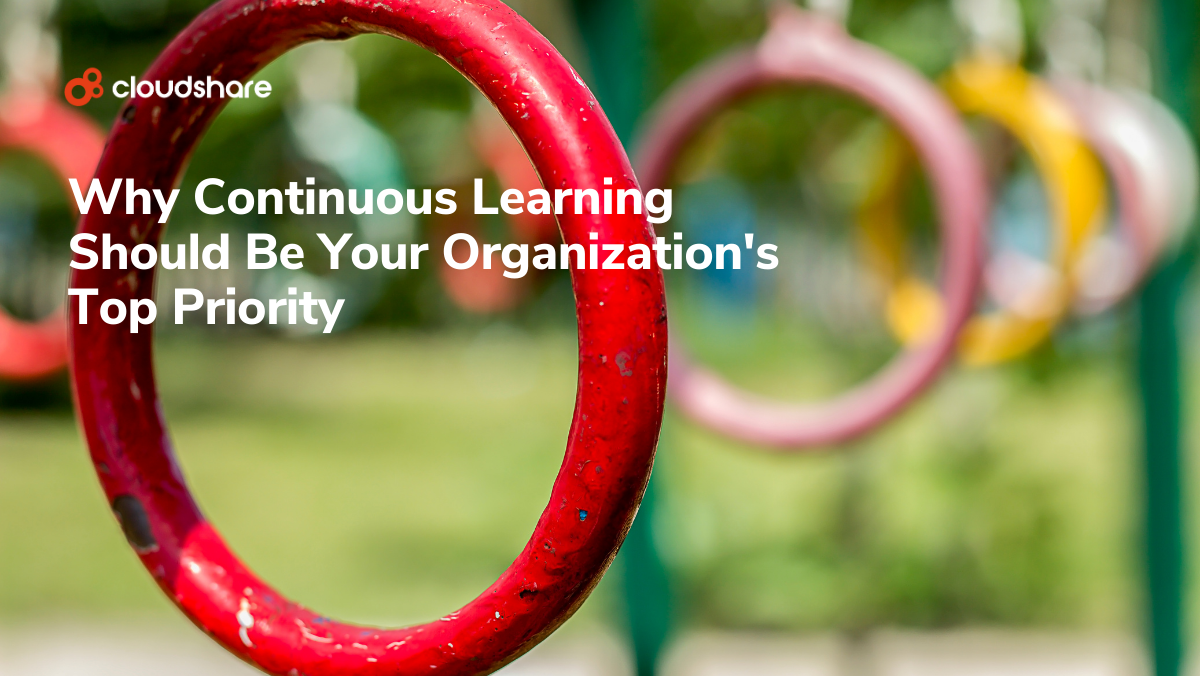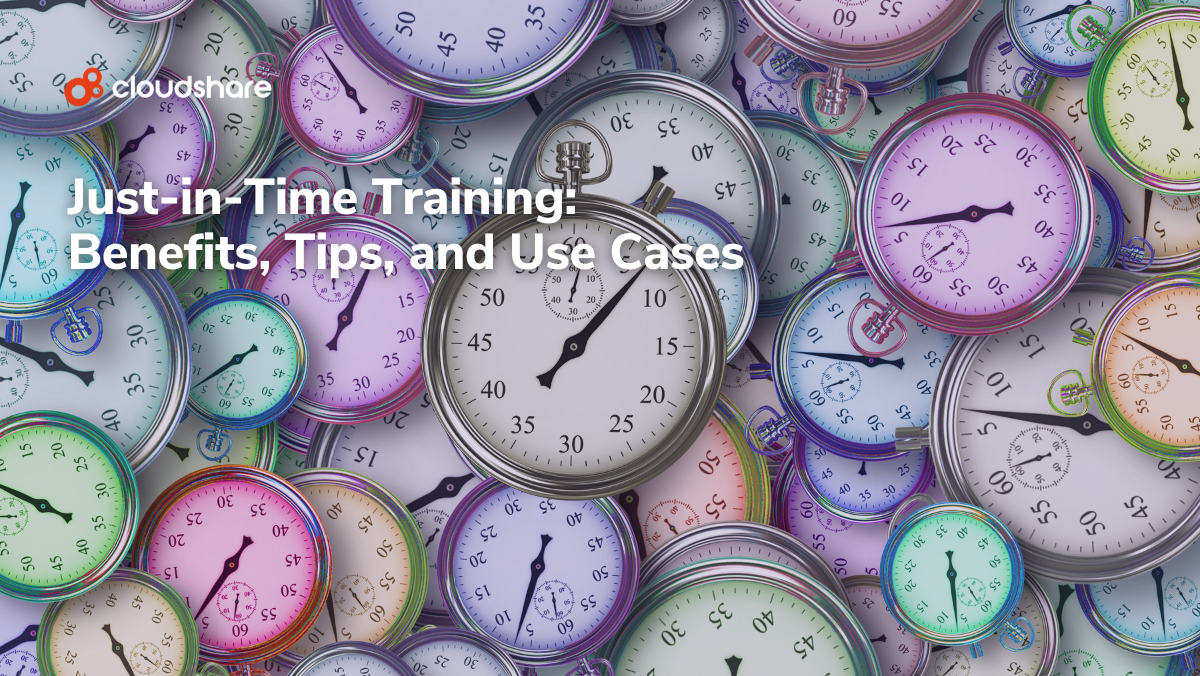
As a Software company, planning your 2022 training budget should be top of your priority list as we move towards the end of the year. And there are several essential steps that you should take to make sThe one constant over the past several years has been the breakneck pace at which technology has continued to evolve, with generative AI (GenAI) disrupting the way we work, learn, and live. If ever there’s been a time when it’s important to have a training budget in place, it’s now. As such, planning your 2025 training budget should be at the top of your priority list as the New Year begins.
There are several essential steps to keep in mind so you can ensure next year’s training is where you need it to be:
- Evaluating your existing capabilities.
- Establishing clearly-defined goals
- Understanding where you may need to invest
GenAI continues to revolutionize customer training and education budgets, as well as internal learning and development. Just a few short years after the pandemic forced organizations to fundamentally rethink how training was conducted, GenAI is compelling them to do so again. We’re in completely unprecedented territory here — and the potential for missteps is massive.
Planning your training correctly sets the foundation for an evolving budget that can be expected to grow year on year, gaining the necessary internal buy-in each time, and delivering predicted ROI. More importantly, it’ll help your business be robust enough to withstand a marketplace that’s constantly in flux.
Let’s discuss what’s involved in planning your customer training budget — steps which can just as easily be applied to your employee training budget.
Step 1: Define your training needs
What tools and technologies do you need in place to provide an efficient customer training and onboarding process? How can you maximize the value that customer education provides to your business? What sort of corporate training initiatives can you implement to increase your chances of success?
These are all questions you’ll need to answer as you put together your training budget for the year.
Take a top-line view
How does customer training currently support your business goals? How is that likely to change in 2026? What about 2027?
More importantly, what are your business goals?
- Do you want to reduce customer churn by ensuring people know how to use — and get the best out of — your software?
- Are you looking to build stronger customer relationships through a better purchase and onboarding experience?
- Will your training help boost customer satisfaction, loyalty, and retention?
- Are you simply looking to increase product renewals and engagement with existing customers?
- What about growing profit and increasing monthly recurring revenue?
Step 2: Evaluate your existing and required capabilities
Once you have a good sense of your training requirements, it’s time to review your existing capabilities. The quick-fire evaluation framework below will help you get started. You can then take a deeper dive into the sections that are most relevant to your organization.
- What do your customers need?
- How well does your current training fulfill those needs?
- Does your existing training infrastructure need any updates?
- How effective were previous training initiatives, and how might they impact future programs?
- Do your employees require any additional training to deliver better customer education?
- How satisfied are your customers at present?
Step 3: Understand the world we now live in
The technology industry has never been static. But in the past few years, it’s evolved at a staggering pace. Immediately after the pandemic packed ten years of technological progress into a few months, ChatGPT was released, fundamentally disrupting nearly every industry in the world.
To say that things don’t look like they’ll slow down anytime soon would be putting it lightly.
Modern training platforms must now account for where and how they’re hosted as well as how they’ll engage with and leverage GenAI. You need to fit all these considerations into your budget while also making sure you’re ready to pivot in the face of any future market disruptions.
From a budget standpoint, that’s easier said than done. That’s why you may find this training budget calculator useful. And if you’re looking to expand your customer education program beyond sales enablement and onboarding, check out a guide that tells you everything you need to know about software training pricing. Finally, read The One Mistake to Avoid When Building Training for SaaS Applications.
*This post was updated in Feburuary 2025



